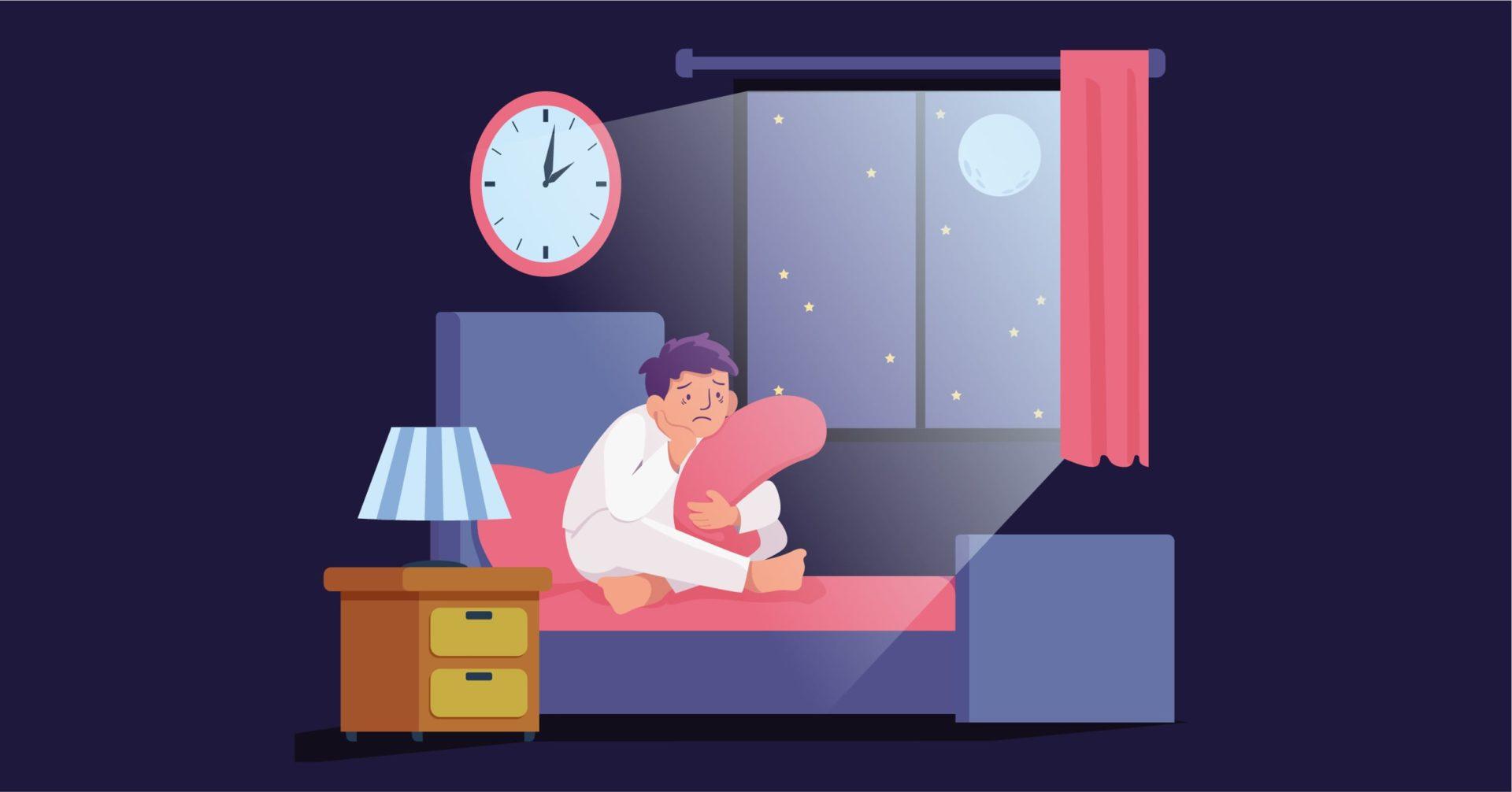Overview
Bipolar Disorders involve mood abnormalities, characterized mainly by the cyclic presence of manic (in case of Bipolar I) or hypomanic and major depressive episodes (in the case of Bipolar II). The cycles are recurrent and can commonly be chronic, posing as the cause of increased cognitive and functional impairment.
The presence of manic or depressive symptoms, and the constant progression from one to the other often negatively impacts interpersonal relations. Bipolar disorders mark an increase in mortality due to suicide, accidents, and cardiovascular disease.
Bipolar disorders are largely heritable, with gene-environment interactions being the mainstay among causative attributes.
A diagnosis of Bipolar I requires the presence of at least one manic episode, characterized by increased energy, increased or rapid movement, decreased need for sleep, racing thoughts, involvement in risk taking activities, and more, causing functional and social impairment that can lead to eventual hospitalization. The diagnostic process for bipolar disorders can often be longitudinal, taking into account the prerequisite for episodes marked by abnormal mood shifts.
Treatment involving various forms of pharmacotherapy, non-pharmacological modes, as well as psychotherapy are widely used for bipolar disorders.
Signs and Symptoms
Bipolar I is characterized by the experience of at least one manic episode. The symptoms of manic states are described below:
- Increased, continuous or excessive motor activity
- Increased irritability
- Excessive energy or absence of fatigue
- Reduced need for sleep, sometimes presenting as a complete insomnia
- Pressured speech, such as fast or loud speaking that may be difficult to interrupt
- Difficulty in concentration and racing thoughts
- Euphoria marked by an elevated mood that is unaffected by the environment
- Increased self-esteem
- Reckless activities, with no regard for the consequences
- Increased sexuality
- Lack of self-awareness
A manic state exists when its symptoms are experienced consecutively for at least a week. In mixed states, manic and depressive symptoms co-exist, with signs of manic state and major depressive episodes present together for at least a week.
Risk Factors
Much of the epidemiological data available on sex ratio suggests an equal male to female distribution in the occurrence of bipolar disorders. The age of onset is typically between 18-20 years. There is a significant contribution of biological factors to Bipolar I. Approximately 8-10% of first-degree relatives of those with bipolar disorders may be diagnosed with the disorder. Other biological influences include neurochemical, neuroanatomical, and hormonal abnormalities.
Prominent environmental factors play a part as in the majority of psychological disorders, with an emphasis on childhood maltreatment, recent psychological stress, substance use and poor social support. Certain personality traits, such as neuroticism, have also been linked with bipolar disorders. Cognitive styles such as goal-orientation, incentive motivation, drive, and pessimism have also been concomitant with the disorder.
Shared genetic and environmental vulnerabilities also give rise to substantial medical comorbidity. Evidence points towards the potential incidence of ADHD, anxiety disorder, and impulse-control, and conduct disorders in patients of bipolar disorders, as well as medical issues such as metabolism-related problems and migraines.
Diagnosis
The diagnosis of Bipolar I calls for the presence of at least one manic episode. The DSM-5 characterizes manic episodes as at least one week of abnormally and continuously elevated, expansive or irritable mood along with increased and continuous goal-directed energy.
Three of more of the following symptoms (four in case of only irritable mood) are required to be significantly present –
- Inflated self-esteem or grandiosity
- Decreased need for sleep
- More talkative than usual or pressure to keep talking
- Flight of ideas or subjective experience that thoughts are racing
- Distractibility
- Increase in goal-directed activity
- Excessive involvement in activities that have a high potential for painful consequences
These symptoms are not better described by underlying disorders or medication. In Bipolar I, manic episodes may be preceded or/and followed by hypomanic (milder and shorter version of mania) or depressive states alternatingly.
Most of the time, individuals with Bipolar I disorder are likely to seek diagnosis and treatment for symptoms of depression, anxiety, trouble sleeping, and substance abuse rather than mania. Manic episodes are usually reported by friends and family, acquaintances or legal authorities rather than the patients themselves.
Some studies have shown a 5-year delay of diagnosis in comparison to the onset of symptoms. Diagnoses may take longer when there are psychological comorbidities, and depressive onset polarity, which also increases chances of misdiagnosis. Lack of recognition, unavailability of accurate history, and inadequate questioning often leads to Bipolar Disorder being misdiagnosed as unipolar depression.
Misdiagnoses can often trigger manic episodes, with some evidence suggesting that medication prescribed to treat depression can possibly exacerbate manic episodes, worsening the course of the illness. Advancements have been made in clinical approaches such as self-administered and clinician-administered rating scales to allow more accurate early-detection of the features of bipolar disorder in people with depressive symptoms. Additionally, neuroimaging has promising potential to point out biomarkers of the disorder.
Treatment
Treatment modes for Bipolar I are based in pharmacology and psychotherapy.
Antidepressant, mood-stabilizing, antipsychotic, and anticonvulsant medication is often the mainstay in pharmacological treatment for bipolar disorders.
- Monoamine oxidase inhibitors (MAOIs)
- Tricyclic antidepressants (TCAs)
- Selective serotonin reuptake inhibitors (SSRIs)
It usually takes about 3-5 weeks for antidepressants to take effect. If no effect is noticed, the healthcare professional may decide to move to a new medication. Discontinuation of medication upon remission may lead to relapse.
Lithium therapy is a common form of treatment involving mood-stabilizing, and is often effective in preventing switching between manic and depressive episodes. Chlorpromazine is an antipsychotic that may help in the treatment of manic episodes.
Emerging evidence on the efficacy of anticonvulsants in the treatment of bipolar disorders has been promising, though a review found that antipsychotics proved more helpful than anticonvulsants and lithium in managing manic episodes in short term treatment, while lithium may fare better in the case of long-term pharmacotherapy.
Non-pharmacological approaches involve electroconvulsive therapy, transcranial magnetic stimulation, deep brain stimulation, and bright light therapy.
Psychotherapy can involve a range of methodologies including cognitive behavioral therapy, family-focused therapy, dialectical behavior therapy, social rhythm therapy, and psychoeducation. The form of therapy that works best is largely dependent on each individual and the course and severity of their disorder.
Differential Diagnosis
1. Major depressive disorder: Occasional symptoms of mania with MDD along with irritability may cause an assumption of bipolar I disorder.
2. Other bipolar disorders: Diagnosis of bipolar I disorder is differentiated from bipolar II disorder by determining whether there have been any past episodes of mania.
3. GAD, panic disorder, PTSD, anxiety disorders: These disorders need to be considered in the differential diagnosis as primary or, in some cases, a comorbid disorder. A careful history of symptoms is needed to differentiate generalized anxiety disorder from bipolar disorder, as anxious ruminations may be mistaken for racing thoughts, and efforts to minimize anxious feelings may be taken as impulsive behavior. Similarly, symptoms of posttraumatic stress disorder need to be differentiated from bipolar disorder with the help of the episodic nature of the symptoms, and triggers.
4. Substance/medication-induced bipolar disorder: There may be overlap in the tendency for individuals with bipolar I disorder to overuse substances during an episode. A primary diagnosis of bipolar disorder must be established based on the symptoms that remain once substances are no longer being used.
5. ADHD: This disorder may be misdiagnosed as bipolar disorder, especially in adolescents and children. Many symptoms overlap with the symptoms of mania, such as rapid speech, racing thoughts, distractibility, and less need for sleep. The “double counting” of symptoms toward both ADHD and bipolar disorder can be avoided if the clinician clarifies whether the symptom represents a specific episode.
6. Personality disorders: Personality disorders such as borderline personality disorder have symptomatic overlap with bipolar disorders, since impulsivity is common in both conditions. Symptoms must represent a distinct episode, and the noticeable increase is required for the diagnosis of bipolar disorder. A diagnosis of a personality disorder should not be made during an untreated mood episode.
Comorbidity
Most common comorbid disorders with bipolar I disorder are any anxiety disorder like panic attacks, social anxiety disorder, specific phobia as well as ADHD, intermittent explosive disorder, oppositional defiant disorder, conduct disorder, and any substance use disorder.
Medical conditions of metabolic syndrome and migraine are more common among individuals with bipolar disorder than in the general population.
Specialist
The diagnostic process involved is best undertaken by mental healthcare professionals such as psychiatrists or clinical psychologists specializing in bipolar disorders, who may then continue therapeutic processes as well. Primary healthcare providers may recommend them as specialists following an initial check-up and thorough questioning.
In Conclusion
Bipolar disorder can be caused due to reasons outside an individual’s control. Genetics and physical changes in the brain can be considered the primary cause of Bipolar Disorder, other environmental factors such as the death of a loved one, extreme stress, and drug or alcohol abuse could also be contributing factors.
Early diagnosis can help in reducing the severity of the symptoms. Furthermore, identifying the triggers of bipolar disorders can curb the growth of this condition.
Our professionals, with the help of psychotherapy, can help an individual.
If you see the above symptoms in your immediate circle, please consult our specialists and help in the early diagnosis and prevention of the condition.
Book your session with our specialists today.





